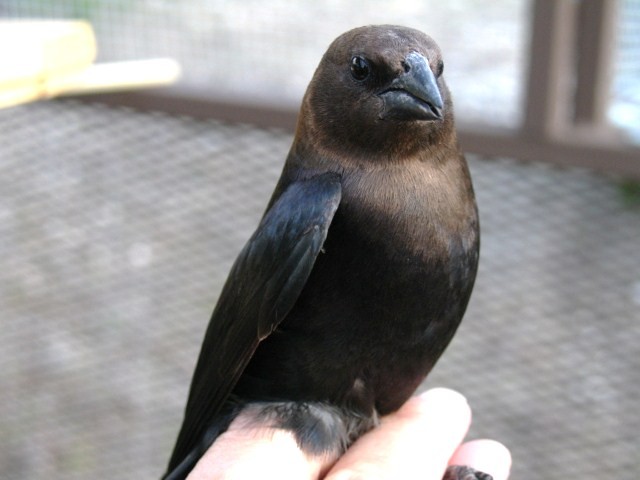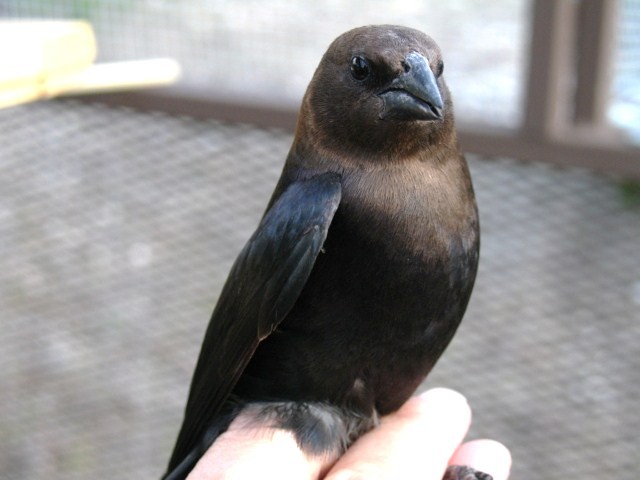FORT SAM HOUSTON, Texas -- Justin Broome and his team from Boy Scout Troop 346 collaborated with Camp Bullis Department of Public Works, Environmental on a project designed to conserve the golden-cheeked warbler, an endangered bird species.
Broome, a 12-year-old Life Scout, and his group of Boy Scouts, scout leader and moms, purchased and assembled 20 bird feeders for the brown-headed cowbird trapping program at Camp Bullis. Cowbird trapping takes place from March 1 through May 31.
As a beneficial conservation measure, Camp Bullis is implementing the trapping program with the support and guidelines from Texas Parks & Wildlife.
"I chose to help with the brown-headed cowbird trapping program for my Eagle Scout project because I wanted to do something different and challenging that helps conservation for the endangered species," Broome said.
Broome had also performed wildlife surveys, including identifying various bird species earning Scout merit badges. When he learned about the cowbirds, also known as brood parasites, killing endangered species on Camp Bullis, he wanted to support the trapping efforts.
"After habitat loss, brown-headed cowbirds are the most detrimental factor affecting golden-cheeked warblers and black-capped vireos," said Richard Heilbrun, an urban wildlife biologist for TP&W.
"Our partners that have conducted long-term trapping for cowbirds have seen dramatic increases in both golden-cheeked warblers and black-capped vireos," Heilbrun said.
The golden-cheeked warbler and black-capped vireo are federally and state listed endangered bird species found on Camp Bullis. The warbler's entire breeding range is confined to the Edward's Plateau and Lampasas Cut Plain of central Texas. The black-capped vireo's breeding range is also found primarily in Texas and parts of Oklahoma.
Warbler and vireo populations are decreasing due to habitat loss caused by urban development and predation. They are also victims of nest parasitism (the practice of reproduction by laying eggs in the nests of other birds, leaving the nest owners to provide parental care) by brown-headed cowbirds.
The female brown-headed cowbird will lay her egg in the nest of the endangered birds, often removing or breaking the host's eggs. The young cowbird is then unwittingly fed and cared for by the host parents at the detriment of their endangered young.
Cowbirds parasitize over 225 species of songbirds, including endangered species and are a major cause for the decline of songbird populations in Texas and throughout the U.S. Every cowbird represents the loss of about three songbirds.
"When we talk about brown-headed cowbirds, some people think of the tall white birds that hang around cattle. These are actually a different species called cattle egret," Heilbrun added.
Once the feeders were complete, the team headed to Camp Bullis to place them into the traps.
Broome said this helps the Boy Scouts in his troop to "think globally" and "act locally" to preserve and improve the environment.


Social Sharing